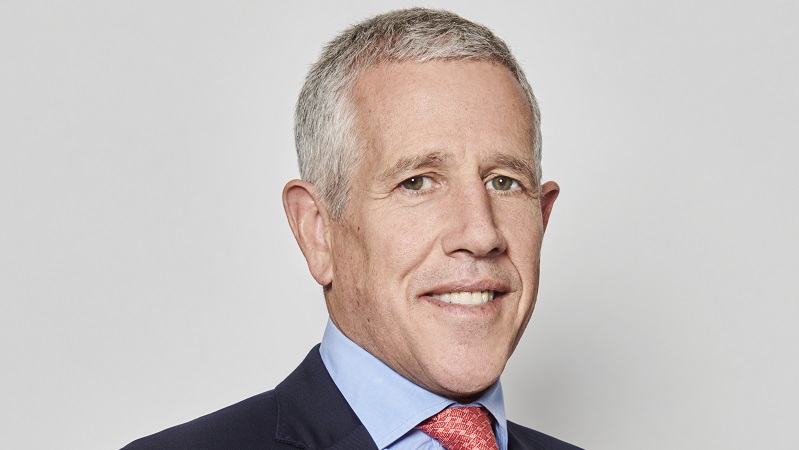Last year Brazil overtook the UK to become the sixth largest economy in the world in GDP terms. Since then though Brazil has been one of the poorest performers in share price terms. But is now the time for investors to give Brazil another look?
Eyes of the world…
A tremendous amount of investment is being undertaken in order to get Brazil’s infrastructure up-to-date and ready to host the FIFA World Cup in 2014 and Olympics in 2016. On the corporate side, things are equally healthy. Add to this robust domestic consumption and growing real wages, and you have a recipe for strong economic growth.
This makes it an appealing time to be considering investing in Brazil and the wider Latin American regions, especially as a severe correction of the Brazilian market took place during 2011. Similar to most global equity markets, upside in the near term may be driven by news on the eurozone, while earnings upgrades for 2012 are unlikely. That being said, a PE of 9.4x for 2013 is hardly demanding for an index with expected growth in excess of 7%.
One reason for the lacklustre equity performance could be the high resources weightings in the Latin American indices (almost 20% in mining and around 16% in oil and gas).
With revisions for global growth estimates firmly on the downside, investors naturally look to their portfolios to identify sensitive areas. The basic resources industries – along with financials – comprise a large portion of Latin American equity markets, so sensitivity to global economic growth on a country level would be a reasonable assumption.
Bovespa, Brazil’s main equity index, is dominated by commodities. In fact, two companies – Vale and Petrobras – comprise over 23% of the index between them, so investors could be forgiven for thinking that Brazil is a resource-driven economy. Looking at exports, commodities contribute 67%, a considerable figure. Add to that a 30% weighting in financials, and the sensitivity of the Brazilian market seems all but obvious.
Domestic bliss
However, the overall contribution to Brazil’s economy from commodities is surprisingly low, at 12% in 2008, while exports make up only 9%. This is because Brazil has a flourishing domestic market, evidenced when you look more closely at the contribution of services to GDP.
More than 67% of Brazil’s GDP comes from services like retail, as well as other, more domestic-facing industries.
This makes the Brazilian economy more balanced, and goes further: in the event of a liquidity crisis, many emerging market financial systems risk losing access to foreign capital, which they would normally lend out to consumers. Not so in the case of Latin America, where only 2.7% of banking assets are funded from outside the region.
Brazil is another of the emerging economies where the spectre of inflation has haunted politicians, though in this case it has been contained rather more successfully. The current rate of inflation, at 6.5%, is 2% above the target of 4.5%, and like our own Bank of England there is a 2% tolerance above and below the target. This has given the government enough latitude to cut interest rates, which currently stand at 10.5% and stimulate demand.
Inflation remains elevated but it is moving in the right direction.










